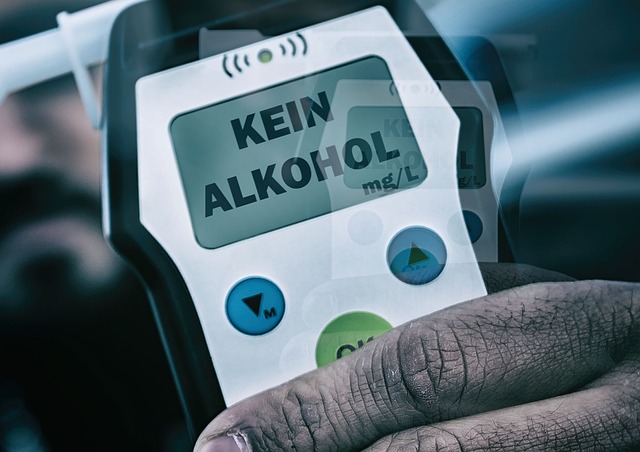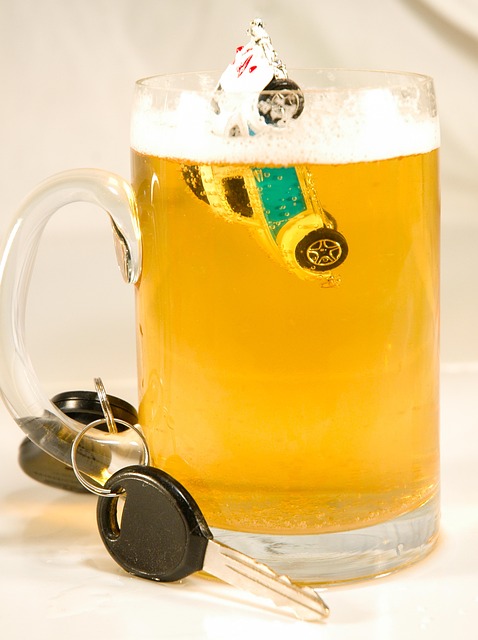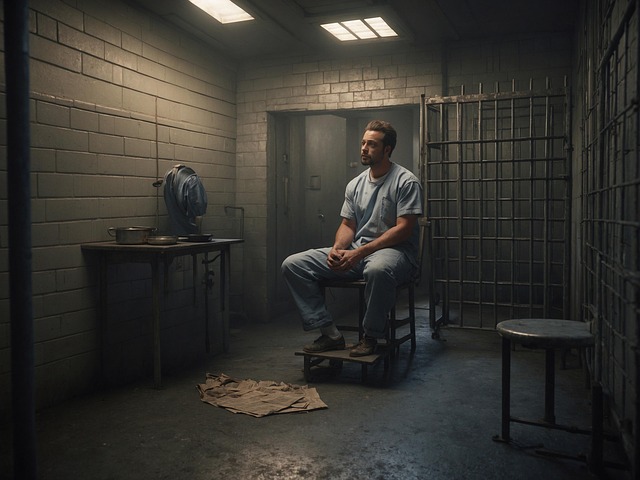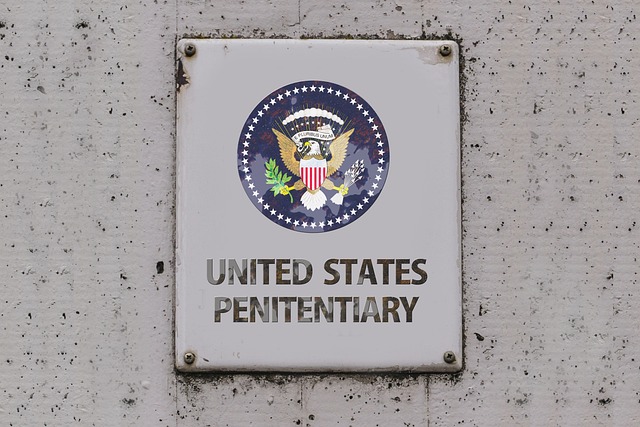Community Service: Redemption & Insurance Savings after DUI

After a DUI conviction, insurance rates rise due to increased risk. Community service, as part of re…….
In the intricate web of risk assessment and mitigation, the relationship between insurance rates and Driving Under the Influence (DUI) incidents is a critical yet often overlooked aspect. “Insurance Rate Adjustments after DUI” refers to the strategic modifications made by insurance providers in response to an individual’s involvement in a DUI-related event. This phenomenon has significant implications for both individuals and the broader insurance industry, shaping financial burdens and access to coverage. In this comprehensive article, we will explore the intricacies of this topic, delving into its historical foundations, global impact, economic ramifications, technological innovations, regulatory frameworks, and future prospects. By the end, readers will gain a profound understanding of how DUI events influence insurance rates and the far-reaching consequences for various stakeholders.
Insurance Rate Adjustments after DUI involve the reevaluation and alteration of insurance premiums following a specific event—a DUI conviction or accident. This process is multifaceted, encompassing several key components:
The concept of adjusting insurance rates based on individual risk is not new, but its application in the context of DUI has evolved over time. Historically, insurance providers were more focused on broad risk categories rather than personal driving behavior. However, as legal systems became stricter regarding DUI offenses, insurers began to recognize the need for a more nuanced approach. The 1980s and 1990s saw the emergence of state-mandated insurance requirements for DUI offenders, which prompted insurance companies to develop sophisticated risk assessment models. Today, with advanced data analytics and an increasing emphasis on personalized coverage, “Insurance Rate Adjustments after DUI” have become a critical component of the industry’s risk management strategy.
The impact of “Insurance Rate Adjustments after DUI” is profound for several reasons:
The influence of “Insurance Rate Adjustments after DUI” extends far beyond national borders, with varying trends observed across different regions:
Several global trends are shaping the trajectory of “Insurance Rate Adjustments after DUI”:
“Insurance Rate Adjustments after DUI” have significant economic implications for the industry:
The economic consequences extend beyond the insurance companies and affect policyholders directly:
Technology plays a pivotal role in the evolution of “Insurance Rate Adjustments after DUI”:
Blockchain technology is emerging as a game-changer in the insurance industry, including “Insurance Rate Adjustments after DUI”:
The regulatory landscape surrounding “Insurance Rate Adjustments after DUI” varies across jurisdictions:
The future of “Insurance Rate Adjustments after DUI” is filled with potential disruptions and innovations:
“Insurance Rate Adjustments after DUI” are a complex interplay of technology, economics, and regulation. As the insurance industry evolves, it must balance the need for fair and transparent practices with the challenges posed by an increasingly digital landscape. By embracing innovation while ensuring consumer protection, insurers can navigate the future of post-DUI insurance, providing both coverage and peace of mind to drivers facing these adjustments.

After a DUI conviction, insurance rates rise due to increased risk. Community service, as part of re…….

Understanding your rights during a traffic stop is crucial for fairness and legality in the U.S., wh…….

Drug-impaired driving laws globally aim to protect public safety with severe penalties including fin…….

Rural and urban areas face differing challenges in DUI enforcement due to demographics and resources…….

After a DUI, insurance rate adjustments significantly impact individuals due to perceived higher ris…….

DUI laws, despite penalties, can be mitigated through legal strategies and loopholes, impacting publ…….

Mental health conditions can significantly impair driving abilities, increasing accident risk and le…….

After a DUI, individuals face increased insurance premiums due to higher risk assessment. Insurance…….

Veterans facing DUI charges may experience unexpected increases in insurance rates due to heightened…….